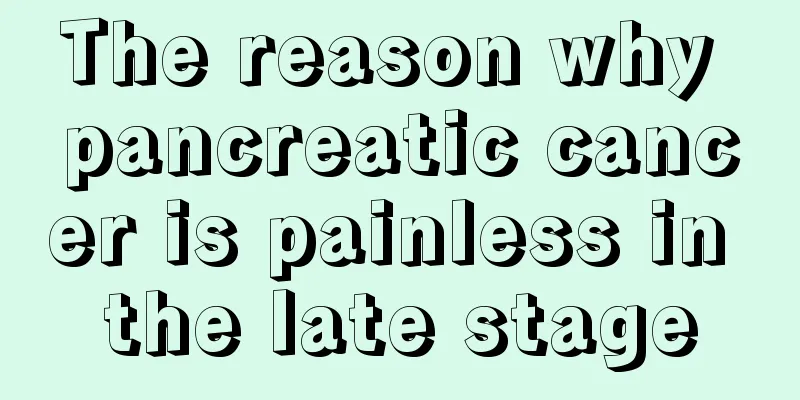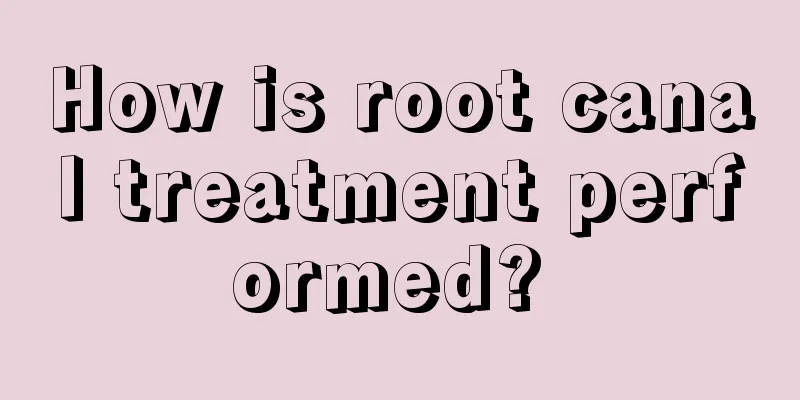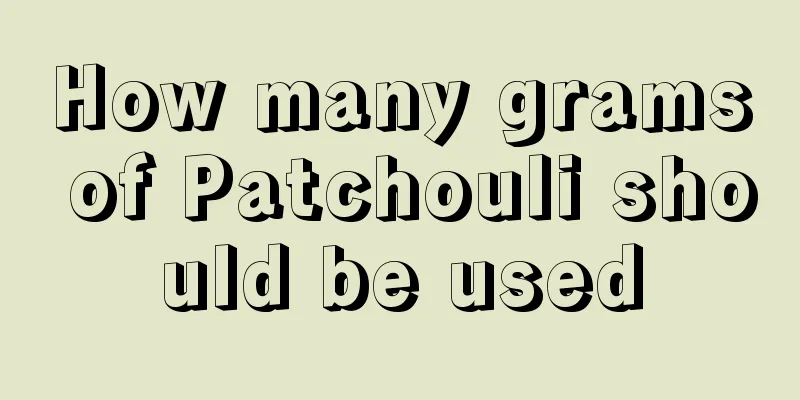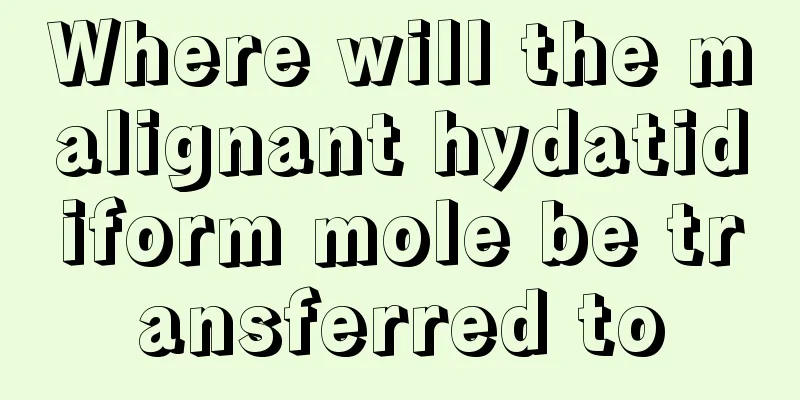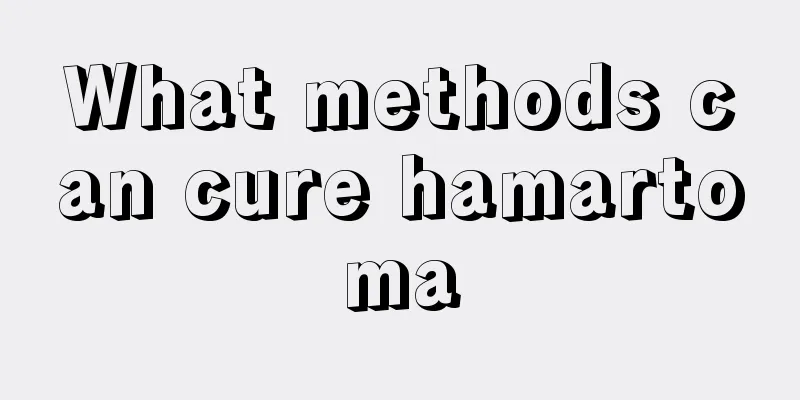Why does low blood pressure occur?

|
The condition of low blood pressure cannot be ignored. If we want to effectively treat and solve it, we must also understand the causes. Only by paying attention to understanding these causes can we improve the symptoms, especially when there is a lot of bleeding in a short period of time or severe trauma such as acute myocardial infarction, these may be the reasons. 1. Physiological hypotension It refers to a group of healthy people whose blood pressure measurements have reached the standard for low blood pressure, but who have no subjective symptoms. After long-term follow-up, except for low blood pressure, there are no abnormalities such as ischemia and hypoxia in various systems and organs of the human body, and their life span is not affected. 2. Pathological hypotension In addition to lowered blood pressure, it is often accompanied by symptoms of varying degrees and certain diseases. (1) Primary hypotension refers to a low blood pressure state without obvious cause, such as physiological hypotension (constitutional hypotension), which is more common in frail elderly people and women. (2) Secondary hypotension refers to low blood pressure caused by a disease of a certain organ or system in the human body. This type of hypotension can occur rapidly in a short period of time, such as a sharp drop in blood pressure caused by massive bleeding, acute myocardial infarction, severe trauma, infection, allergies, etc. In most cases, hypotension occurs slowly and may gradually worsen, such as hypotension secondary to severe pulmonary tuberculosis, malignant tumors, malnutrition, cachexia, etc. 3. Treatment 1. Treatment policy Treat the underlying disorder causing hypotension. Strengthen exercise to improve the regulatory function of nerves and blood vessels; pay attention to increasing blood volume through diet. 2. Other treatments For those with weak constitution, nutrition should be strengthened; for those with wasting diseases such as tuberculosis, treatment should be intensified; for those caused by drugs, the drugs can be discontinued or the dosage adjusted. If a hypertensive patient feels uncomfortable because his blood pressure drops too quickly after taking antihypertensive drugs, the medication method and dosage should be adjusted under the guidance of a doctor; for patients with orthostatic hypotension, be careful not to stand up too hard from a lying position, or use your hands to hold on to something to prevent falls due to low blood pressure. |
>>: How to treat cheilitis on lips?
Recommend
What are the effective ways to protect the kidneys
The human kidneys are responsible for metabolism ...
Why does my body itch every time I take a shower?
People will encounter many abnormal situations in...
How to preserve fresh toon
Toona sinensis is also called toona sinensis buds...
What are the high-risk factors for endometrial cancer? Here are five points to note
There are many high-risk factors for endometrial ...
Pay attention to the dietary conditioning methods for esophageal cancer
The diet for esophageal cancer is definitely very...
What are the latest drugs for small cell lung cancer
Patients should still go to regular tertiary hosp...
What are the symptoms of chronic hepatitis C?
Chronic hepatitis C can also cause many adverse e...
Will posterior vitreous detachment heal on its own?
Some people suddenly find that there are a lot of...
What is the reason for the growth of small meat grains
The neck is a sensitive part of our body. It is a...
Sequelae of cerebellar infarction
Most patients who suffer from cerebral infarction...
Does it hurt to rinse your ears?
Although our ears don’t look big, they still need...
There are many warts on the neck
The growth of many warts on the neck is a very co...
Postoperative care for phimosis in children
It is not uncommon for children to undergo phimos...
What medicine should I take for lung metastasis of cervical cancer
Speaking of cervical cancer, I believe we are not...
What vitamins should I supplement for onychomycosis
Onychomycosis is caused by fungal infection, so w...


